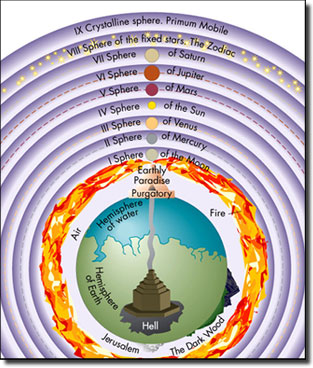 <a onClick="window.open('/olcweb/cgi/pluginpop.cgi?it=jpg::::/sites/dl/free/0073512184/506860/chapter04.jpg','popWin', 'width=363,height=438,resizable,scrollbars');" href="#"><img valign="absmiddle" height="16" width="16" border="0" src="/olcweb/styles/shared/linkicons/image.gif"> (50.0K)</a> <a onClick="window.open('/olcweb/cgi/pluginpop.cgi?it=jpg::::/sites/dl/free/0073512184/506860/chapter04.jpg','popWin', 'width=363,height=438,resizable,scrollbars');" href="#"><img valign="absmiddle" height="16" width="16" border="0" src="/olcweb/styles/shared/linkicons/image.gif"> (50.0K)</a> | Whatsoever is discovered by men of a later day must none the less be referred to the ancients, because it was the work of a great mind to dispel for the first time the darkness the discovery who hoped that the discovery could be made. Seneca
Quaestiones Naturales |

